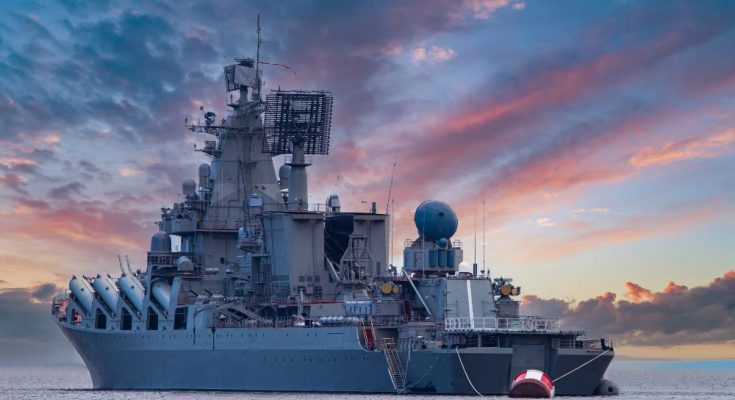When you think of a naval ship, the first thing that probably comes to mind is a large vessel outfitted with guns and other weaponry, ready to battle on the high seas. There’s a lot more to these ships than meets the eye.
Here are some interesting facts about naval ships that you should know.
Weapons on a Ship
You can find various weapons on a naval ship for offense and defense. The main guns on a ship are usually on the deck and come in different sizes depending on the ship. Larger guns are used for long-range attacks, while smaller ones work well for close-range defense. In addition to guns, naval ships also carry torpedoes, which are self-propelled missiles that explode on contact.
Naval ships also have a variety of other weapons systems, including anti-aircraft guns and missiles, designed to protect the ship from enemy aircraft.
The Size of Naval Ships
Naval ships, from small patrol boats to massive aircraft carriers, come in all shapes and sizes. The largest naval ship in the world is the U.S. Navy’s USS Enterprise, which is nuclear-powered and 1,123 feet (342 meters) long. The Italian Navy’s Minerva class corvette is the smallest naval ship, which is just 315 feet (96 meters) long.
The purpose of a naval ship also determines its size. For example, aircraft carriers are best for carrying airplanes, so they must be large enough to accommodate them. On the other hand, patrol boats are best for speed and maneuverability, so they don’t need to be as grand.
The Crew of a Naval Ship
Naval ships usually have a large crew, often numbering hundreds or even thousands. The crew’s size depends on the ship’s size and purpose. For example, aircraft carriers typically have a crew of about 5,000 people, while smaller patrol boats may have crews of a few dozen.
A naval ship’s crew has various duties, from operating the ship’s weapons to navigation to maintenance. Each crew member has a vital role in keeping the ship running smoothly.
Building a Naval Ship
Building a naval ship is a complex and costly process. It usually takes several years to make a large ship like an aircraft carrier. The cost also varies depending on the size and complexity of the ship.
There are many different materials used in naval construction. The hull, or body of the ship, is usually made from steel. The superstructure, which includes decks and other structures atop the hull, is often made from aluminum. Naval ship construction is just one of the common applications of aluminum bronze alloys.
Naval ships also need various systems and equipment, such as engines, pumps, and electrical generators. These systems are usually in the ship’s hull, below the decks.
Naval ships are fascinating vessels, and there’s more to them than meets the eye. These are just a few interesting facts about naval ships that you should know. Next time you see one, you’ll better understand what it is and how it works.



